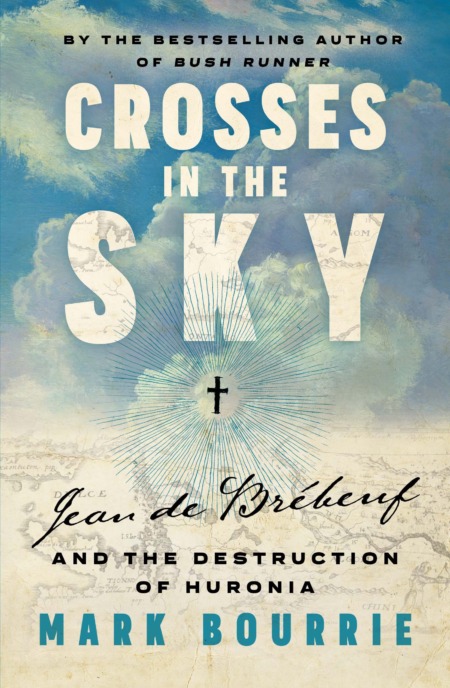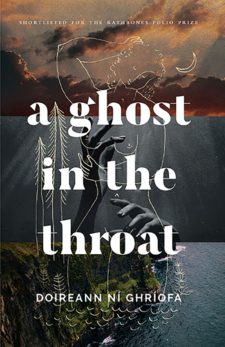Description
From the bestselling author of Bush Runner: The Adventures of Pierre Esprit-Radisson
A biography of Jesuit missionary Jean de Brébeuf and a history of the colonization of Huronia, the home of the Huron-Wendat nation, Crosses in the Sky is the story of how and why the Jesuits came to “New France,” what happened when they arrived, and how these early encounters have shaped settler relationships with Indigenous people to this day. Departing from existing sainthood narratives of Brébeuf, this deeply researched narrative considers not only the missionary’s fate, but the ongoing tragedy of his colonial legacy and is an essential addition to—and expansion of—Canadian history.
Praise for Mark Bourrie
“Bourrie’s book positively sings … [Big Men Fear Me] is thoroughly researched and the prose is clean and engaging … McCullagh deserves to be known … He made The Globe the dominant voice in English Canadian journalism. Bourrie’s biography does him full justice.”
—Globe and Mail
“There are many threads to untangle here and Bourrie—journalist, academic, and lawyer—unpicks them all. Spanning the first half of 20th-century Ontario, [George] McCullagh’s life and times become an engrossing tale of ambition, politics and bipolar illnessit’s like little else we’re likely to read this year … It was a tumultuous life, and Bourrie tells it with wit and humour.”
—Nancy Wigston, Toronto Star
“This is a joy of a biography … Bourrie, a historian whose last book brought explorer Pierre Radisson to life, has done right by McCullagh, and not just with the marvellous title. Canada doesn’t like tall poppies. It didn’t end well. But what a ride it was.”
—Heather Mallick, Toronto Star
“A remarkable biography of an even more remarkable 17th-century individual … Beautifully written and endlessly thought-provoking.”
—Maclean’s
“Bourrie’s writing is grounded in a strong sense of place, partly because of his own extensive knowledge of the land and partly because of Radisson’s descriptive storytelling abilities … a valuable and rare glimpse into 17th-century North America.”
—Canadian Geographic








